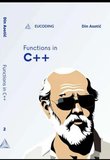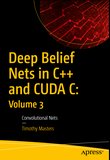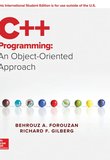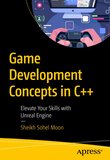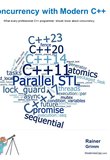-
.NET (.NET Core)
-
1C
-
APL
-
AWK
-
Agda
-
Agile/Scrum
-
Alef
-
Assembler
-
Basic
-
Beta Programming Language
-
Big Data/DataScience
-
C
-
C#
-
C++
-
CSS
-
Cobol
-
Crystal
-
D
-
Dart
-
DataBase (SQL)
-
Delphi
-
F#
-
Flutter
-
Fortran
-
GPT/AI/ИИ
-
GameDev
-
Git
-
Go (Golang)
-
HTML
-
Hacking and Security
-
Haskell
-
Java
-
JavaScript (JS)
-
Julia
-
Kotlin
-
Machine Learning (ML)
-
Natural language processing (NLP)
-
PHP
-
Pascal
-
Python
-
R
-
Ruby
-
Rust
-
Scratch
-
Swift
-
UML
-
UX/UI
-
Visual Basic
-
Wolfram
-
XML
-
АСУ
-
Проектирование/System Design
-
Сети/Network
-
Схемотехника/электронные схемы
-
.NET (.NET Core)
-
1C
-
APL
-
AWK
-
Agda
-
Agile/Scrum
-
Alef
-
Assembler
-
Basic
-
Beta Programming Language
-
Big Data/DataScience
-
C
-
C#
-
C++
-
CSS
-
Cobol
-
Crystal
-
D
-
Dart
-
DataBase (SQL)
-
Delphi
-
F#
-
Flutter
-
Fortran
-
GPT/AI/ИИ
-
GameDev
-
Git
-
Go (Golang)
-
HTML
-
Hacking and Security
-
Haskell
-
Java
-
JavaScript (JS)
-
Julia
-
Kotlin
-
Machine Learning (ML)
-
Natural language processing (NLP)
-
PHP
-
Pascal
-
Python
-
R
-
Ruby
-
Rust
-
Scratch
-
Swift
-
UML
-
UX/UI
-
Visual Basic
-
Wolfram
-
XML
-
АСУ
-
Проектирование/System Design
-
Сети/Network
-
Схемотехника/электронные схемы
Меню
Data Mining Algorithms in C++
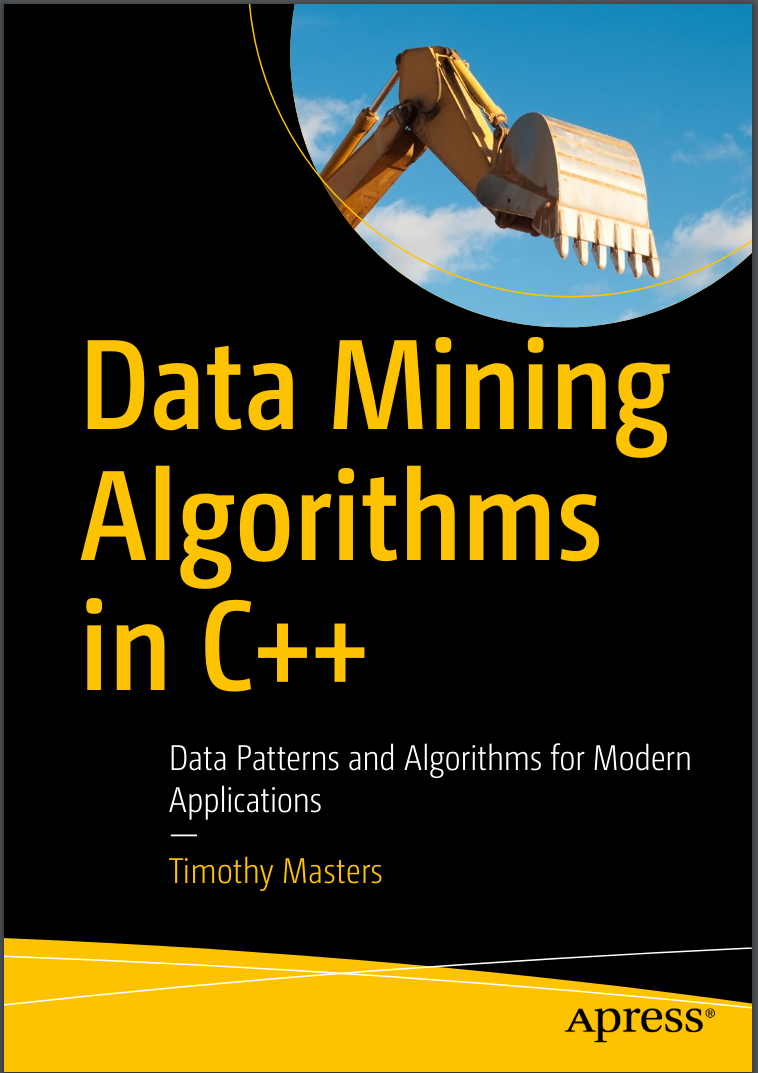
Автор: Masters Timothy
Дата выхода: 2018
Издательство: Apress Media, LLC.
Количество страниц: 296
Размер файла: 4,6 МБ
Тип файла: PDF
Добавил: codelibs
Data mining is a broad, deep, and frequently ambiguous field. Authorities don’t even agree on a definition for the term. What I will do is tell you how I interpret the term, especially as it applies to this book. But first, some personal history that sets the background for this book…
I’ve been blessed to work as a consultant in a wide variety of fields, enjoying rare diversity in my work. Early in my career, I developed computer algorithms that examined high-altitude photographs in an attempt to discover useful things. How many bushels of wheat can be expected from Midwestern farm fields this year? Are any of those fields showing signs of disease? How much water is stored in mountain ice packs? Is that anomaly a disguised missile silo? Is it a nuclear test site?
Eventually I moved on to the medical field and then finance: Does this photomicrograph of a tissue slice show signs of malignancy? Do these recent price movements presage a market collapse?
All of these endeavors have something in common: they all require that we find variables that are meaningful in the context of the application. These variables might address specific tasks, such as finding effective predictors for a prediction model. Or the variables might address more general tasks such as unguided exploration, seeking unexpected relationships among variables—relationships that might lead to novel approaches to solving the problem.
That, then, is the motivation for this book. I have taken some of my most-used techniques, those that I have found to be especially valuable in the study of relationships among variables, and documented them with basic theoretical foundations and wellcommented C++ source code. Naturally, this collection is far from complete. Maybe Volume 2 will appear someday. But this volume should keep you busy for a while
You may wonder why I have included a few techniques that are widely available in standard statistical packages, namely, very old techniques such as maximum likelihood factor analysis and varimax rotation. In these cases, I included them because they are useful, and yet reliable source code for these techniques is difficult to obtain. There are times when it’s more convenient to have your own versions of old workhorses, integrated xii into your own personal or proprietary programs, than to be forced to coexist with canned packages that may not fetch data or present results in the way that you want.
